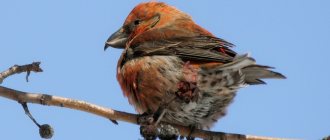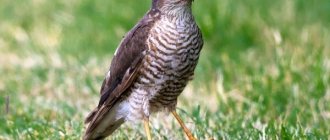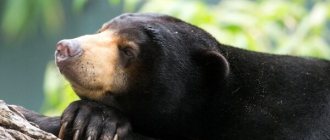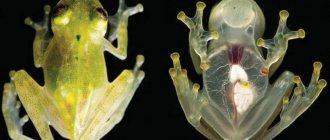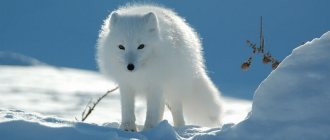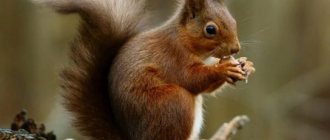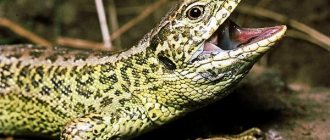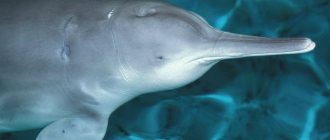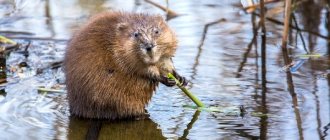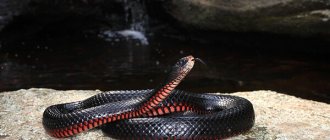Spreading
Migrant. Distributed on all continents, with the exception of Australia and Antarctica. Breeds in the northern hemisphere - in Europe (including Russia), Asia, North America, North Africa. Winters in South America and Africa (most often south of the Sahara Desert, up to South Africa). It is very rare in the northernmost regions. It lives along the banks of various freshwater bodies of water, most often rivers.
- Nesting range
- Migration routes
- Wintering areas
Features and habitat of the swallow
Almost all of these birds live in hot regions. Large variety of swallows in central Africa. Its habitat includes Europe, America and Asia. You can also meet these birds in cold countries.
The fact where the bird influences whether a swallow is migratory or not . If a swallow lives in hot countries, then it is not migratory. If the bird lives in northern countries, then with the onset of frost it needs to fly to where it is warmer.
The bird belongs to the passerine family. Swallows spend almost their entire lives in flight. This bird is capable of eating, drinking, mating and even sleeping in the air. There are many species of swallows , and they all have common similarities:
- wide and small beak, especially at the base;
- characterized by a large mouth;
- Birds have very long and narrow wings;
- Birds have a wide chest;
- quite graceful body;
- short legs, on which the bird can weakly move on the ground;
- dense plumage throughout the body;
- characterized by a metallic sheen on the back;
- The coloring of chicks and adult birds is the same;
- there are no differences in external characteristics between males and females;
- the birds are small, from 9 to 24 cm long;
- the weight of the birds reaches from 12 to 65 grams;
- wingspan 32-35 cm.
Reproduction
Monogamous bird. It nests on vertical earthen banks of rivers, hence the name. Selects those with looser and softer soil. The nest is a horizontal hole in a vertical slope with an opening 6-8 cm in diameter and up to 1.5 meters long. Both birds dig it in turns with their feet. At the end there is a nesting chamber, which is a slight extension.
OLYMPUS DIGITAL CAMERA
The nesting chamber contains the nest itself, which consists of straw, moss, dry grass, feathers and down.
They lay 2–5 white eggs, which develop within 13–15 days.
The young leave the nest after about 3 weeks; their parents feed them insects.
Grown up chicks
Unlike other swallows, most often only one generation is hatched per year. They nest in colonies.
Interesting facts about the bird
- Birds often die due to difficulties that arise during the migration to wintering grounds. During bad weather conditions, the entire flock may die.
- The falcon can wait for Beregovushka near a pond when she collects dry grass to build a nest.
- Before mating, males circle around the constructed hole and with all their behavior invite females inside.
- Beregovushka's voice resembles the chirping of "tsirri".
- The adult has a phenomenal memory. The bird can find the nest that it made a year ago.
Security
Over the past decades, the number of sand martins has decreased in many areas of Europe. The reasons for the catastrophic decline in numbers are:
- human destruction of cliffs,
- a decrease in the number of insects in nesting and wintering areas, caused by both unfavorable weather conditions and the negative impact on the nature of human economic activity,
- disturbance caused to nesting birds by people,
- destruction of bird colonies.
To preserve the species in areas where swallows do not find cliffs suitable for making burrows, ornithologists propose to restore the steepness of damaged cliffs, such as the walls of abandoned quarries, every year before the birds arrive. It is also recommended to create artificial walls from durable materials with ready-made burrows. If swallows begin to dig holes in a quarry, pit, trench where some kind of work is being carried out, it is necessary, if possible, to immediately stop this work for the entire time the birds are nesting. If this cannot be done, you need to prevent swallows from trying to settle there from the very beginning. A strict ban on the privatization of river banks and development near water bodies is also key to the survival of the species. To preserve the food supply for swallows, it is necessary to ban pesticides and introduce permaculture agricultural methods. Beregovushka is protected by the Berne Convention. The species is protected in Bulgaria. Listed in the Red Book of Moscow since 2001.
All articles
Description of the species
Shore swallows are one of the smallest species of swallows: their body length does not exceed thirteen centimeters, their wingspan barely reaches 28 cm, and the birds weigh about 16 grams. They are grey-brown above, and dirty-white below, with a dark brown stripe across the chest.
The tail is of medium length, narrow, the beak is short and hard enough for digging underground burrows. Females and males are practically indistinguishable.
These birds settle in small colonies (although there are also lonely pairs) on steep rocks and sandy cliffs, where they build their nests with long tunnels.
An amazing feature of shorebirds is their neatness: on the back of their legs they have feather brushes, with which swallows constantly sweep the floor in the nest and corridor.
Adult shorebirds cannot live in apartments, although chicks can be raised in captivity. They are not afraid or shy away from people; on the contrary, they quickly begin to feel attached to them and do not shy away from big cities. They spend the night near rivers, in reeds or old, unfinished nests in cliffs.
Life along the coastline is quite dangerous - they are hunted by falcons, stoats, foxes, weasels, and badgers. In addition, shorebirds are often subject to epidemics, which out of a thousand individuals in a colony can leave only a few hundred alive.
Its diet consists almost entirely of insects and arachnids. Plant foods are rarely included. It often feeds on the fly, grabbing flying and jumping insects, but there are also cases of ground feeding.
FOOD IN SCARY
Shorebirds begin laying eggs only when they are convinced that there is enough food. Their main food is insects, mainly associated with water: mosquitoes, mayflies, caddis flies. The mass flight of midges is short-lived, and birds are forced to adapt to this abundant but temporary resource. The weight of one insect is only 1-2 mg. Imagine how many of them you need to catch to feed both yourself and your growing offspring.
What if there is bad weather? For small birds with accelerated energy metabolism and a constant need for food, this is a real disaster: shorebirds suffer greatly from both lack of food and cold. When the temperature reaches 10 °C, swallows can no longer provide themselves with food. The fat reserve of an adult healthy bird is approximately 4 g, which is enough for only two days.
How to distinguish male from female swallows
Males and females are very similar. They can only be distinguished by their plumage: in females the color is not so pronounced. Also, females have a shorter tail than males. Chicks and adults are identical in plumage.
By the way, swallows create pairs once and for life.
Nutrition
What do swallows eat? The main diet of swallows consists of crawling and flying insects.
Swallows are so dexterous that in flight they can even grab a large insect, for example, a dragonfly or a grasshopper, but most often the victims are mosquitoes, flies, and midges.
Swallow chicks are characterized by an increased appetite and require feeding about 300 times per day.
UNDER THE PROTECTION OF SHEER WALLS
What are the benefits of sheer walls? First of all, the holes dug in them are not accessible to predators. Another reason is that the sun warms them up well: the birds can take breaks from incubation and fly away to feed. Regardless of the weather and time of day, the temperature inside the burrows of shore swallows is almost constant, its fluctuations do not exceed 5.5 ° C - why not an incubator?
However, there are also disadvantages. Fresh air does not enter the burrows well, and in order to provide them with eggs, the female is forced to turn them over more often. In a confined space there is freedom for parasitic insects. Sometimes there are so many of them that chicks die because of them.
But the biggest problems are landslides, storms and floods, which constantly destroy the homes of the shorebirds. Fortunately, the same reasons also lead to the appearance of new cliffs.
Returning from wintering, birds can never be sure that their home is intact. If nothing happened during the winter, they happily settle in their original place.
Otherwise, the swallows are forced to look for another cliff. However, regular relocation also has its advantages: there are no parasites in the new place.
Natural enemies
Land and air predators pose virtually no threat to swallows, because they simply cannot keep up with them. Only some types of falcons are dangerous, they are also fast and maneuverable.
Photo: fineartamerica.com
Swift (50 photos): description of the bird, what it eats and where it lives
